Giancarlo Giannini: A Master of Italian Cinema
Giancarlo Giannini, one of Italy’s most esteemed actors, has captivated audiences worldwide with his exceptional talent, versatility, and magnetic screen presence. Born on August 1, 1942, in La Spezia, Italy, Giannini’s illustrious career spans over five decades, during which he has delivered unforgettable performances in a diverse array of films. Known for his collaborations with renowned directors and his dynamic roles alongside some of Italy’s finest actresses, including Mariangela Melato and Monica Vitti, Giannini remains a towering figure in the world of cinema.
Early Life and Career Beginnings
Giancarlo Giannini’s journey into acting began with his studies at the Accademia Nazionale d’Arte Drammatica in Rome, where he honed his craft and developed a passion for the performing arts. His early career was marked by performances in theater, where he quickly gained recognition for his talent and charisma. Giannini’s transition to film was seamless, and he soon became a sought-after actor in Italian cinema.
Breakthrough and Collaboration with Lina Wertmüller
Giannini’s breakthrough came with his collaboration with director Lina Wertmüller, whose films provided a perfect platform for his talent. Their partnership resulted in several iconic films that showcased Giannini’s range and depth as an actor. One of their most famous collaborations is “Swept Away” (1974), a film that blends comedy and drama to tell the story of a wealthy woman and a working-class man stranded on a deserted island. Giannini’s portrayal of the rough but tender Gennarino earned him critical acclaim and solidified his status as a leading actor.
Another notable film with Wertmüller is “Seven Beauties” (1975), in which Giannini delivers a powerful performance as Pasqualino, a man who navigates the horrors of World War II with a mix of cunning and desperation. The film was nominated for four Academy Awards, including Best Actor for Giannini, highlighting his international appeal.
Collaborations with Mariangela Melato
Giannini’s on-screen chemistry with Mariangela Melato is legendary, resulting in some of the most memorable films in Italian cinema. Their first major collaboration was in “The Seduction of Mimi” (1972), directed by Wertmüller. The film, a biting social satire, features Giannini as Mimi, a laborer whose life takes a series of unexpected turns. Melato’s portrayal of Fiore, Mimi’s lover, complements Giannini’s performance, creating a dynamic and engaging narrative.
Their chemistry was further showcased in “Love and Anarchy” (1973), another Wertmüller film, where Giannini plays Tunin, an anarchist who plans to assassinate Mussolini. Melato’s role as Salomè, a prostitute who becomes his confidante and lover, adds emotional depth to the film. Their performances bring authenticity and passion to the story, making it a standout in their careers.
Collaborations with Monica Vitti
Giannini also had a notable collaboration with Monica Vitti, another luminary of Italian cinema. Their work together is epitomized by the film “The Girl with the Pistol” (1968), directed by Mario Monicelli. Giannini’s role in this comedy about a Sicilian woman’s quest for revenge in England allowed him to display his comedic talents alongside Vitti’s brilliant performance. The film’s success highlighted the dynamic interplay between the two actors, further cementing Giannini’s reputation as a versatile and skilled performer.
International Recognition and Later Career
Giannini’s talent transcends borders, leading to roles in international films and recognition beyond Italy. He appeared in “Hannibal” (2001), directed by Ridley Scott, and played René Mathis in the James Bond films “Casino Royale” (2006) and “Quantum of Solace” (2008). These roles introduced Giannini to a global audience, showcasing his ability to adapt to various genres and characters.
In addition to his acting career, Giannini is also an accomplished voice actor, lending his voice to Italian dubs of Hollywood films. Notably, he provided the Italian voice for Al Pacino in many of his films, further demonstrating his versatility and talent.
Awards and Legacy
Throughout his career, Giannini has received numerous awards and honors, including the David di Donatello Award, Italy’s most prestigious film award, and the Nastro d’Argento. His contributions to cinema have left an indelible mark, inspiring generations of actors and filmmakers.
Giancarlo Giannini’s career is a testament to his remarkable talent and dedication to the craft of acting. From his early days in theater to his iconic roles in Italian cinema and beyond, Giannini has consistently delivered performances that resonate with audiences. His collaborations with directors like Lina Wertmüller and actors such as Mariangela Melato and Monica Vitti have produced some of the most memorable films in Italian cinema. As a true master of his art, Giannini’s legacy continues to influence and inspire, solidifying his place as one of the greatest actors of his generation.
Watch his movies on Movieitaly+
Read more articles over here



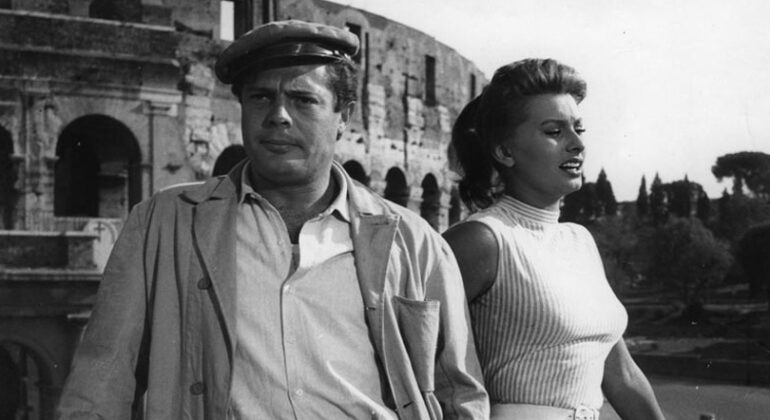
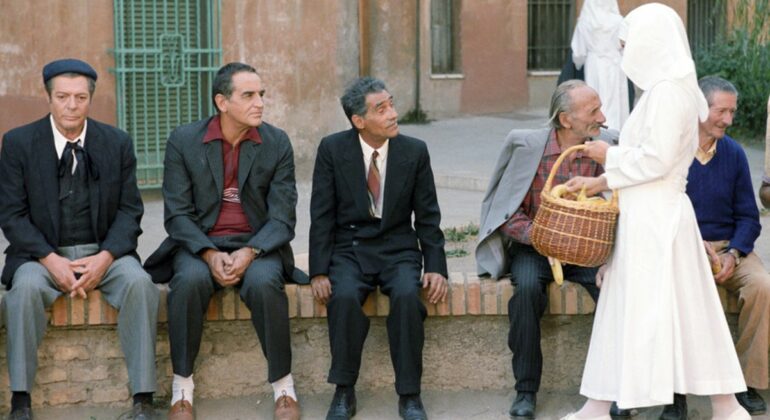
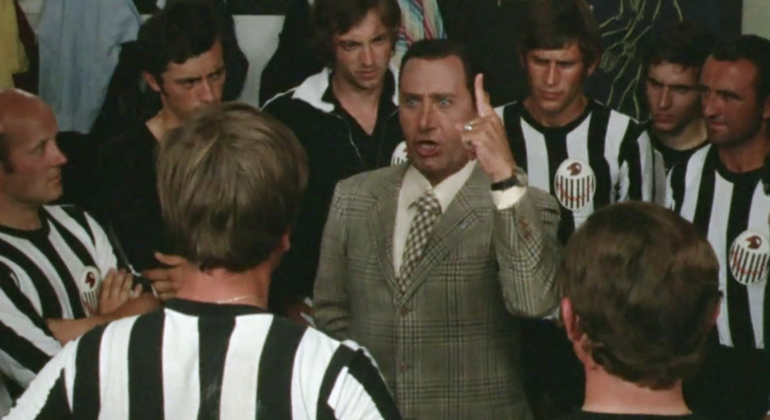
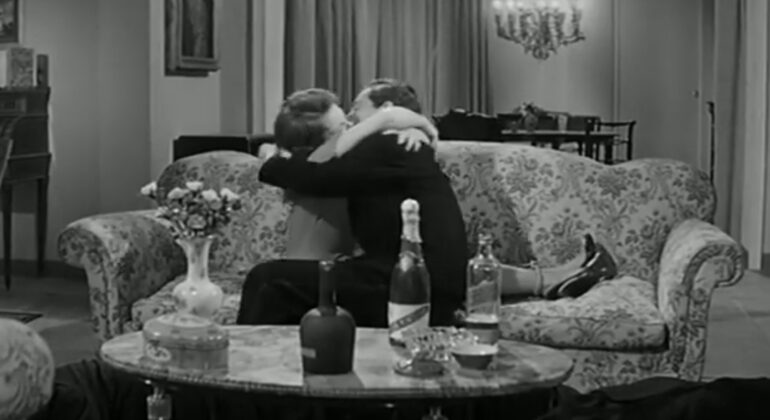
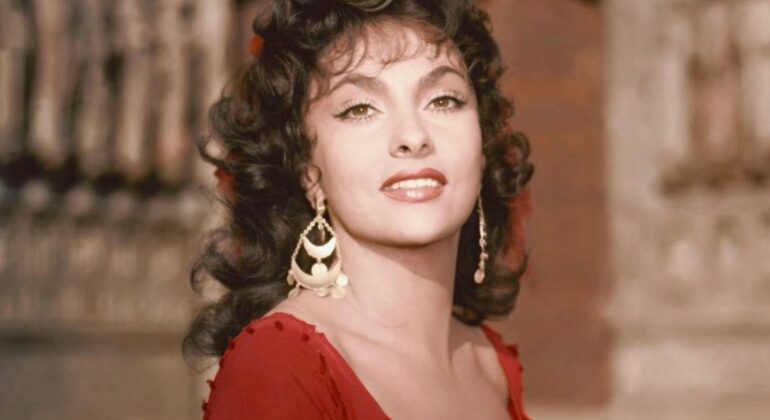
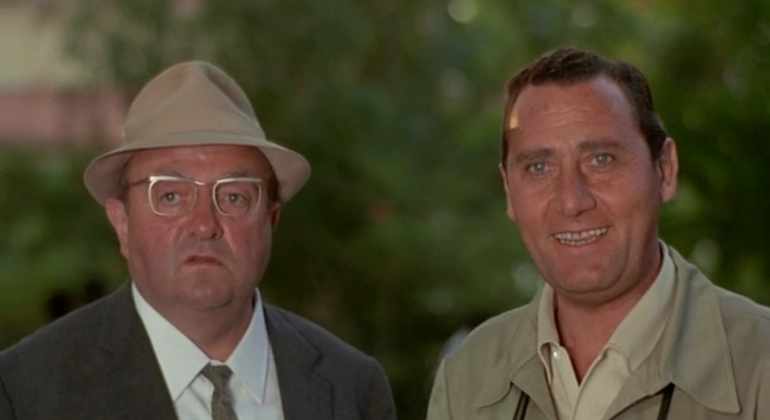
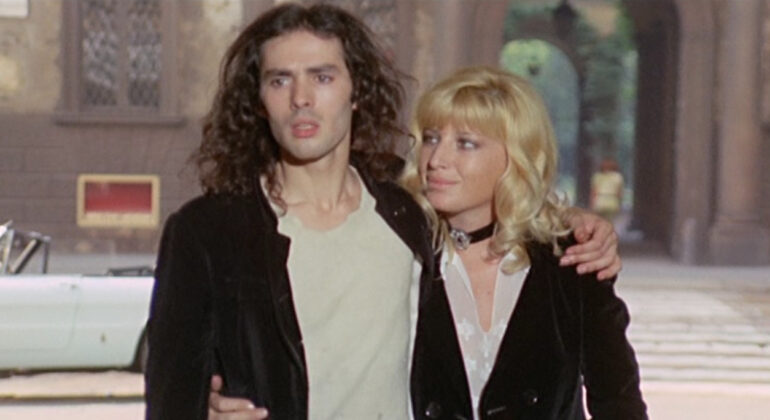
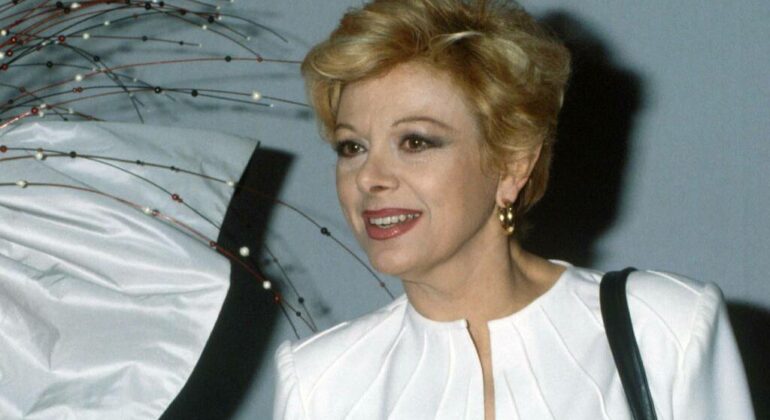
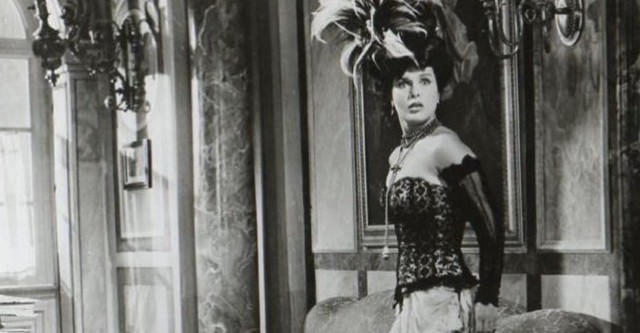

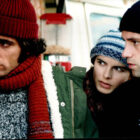


Recent Comments